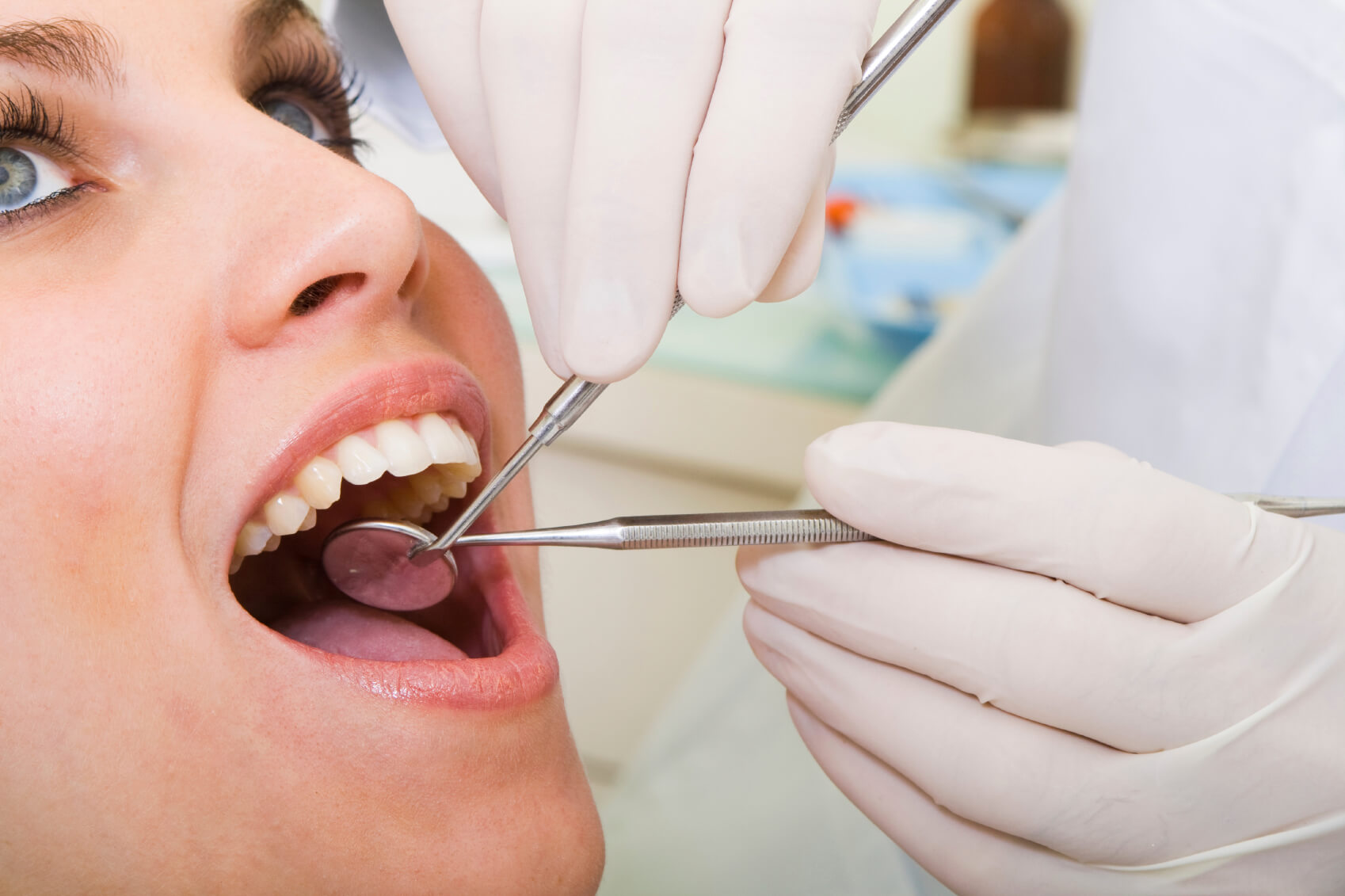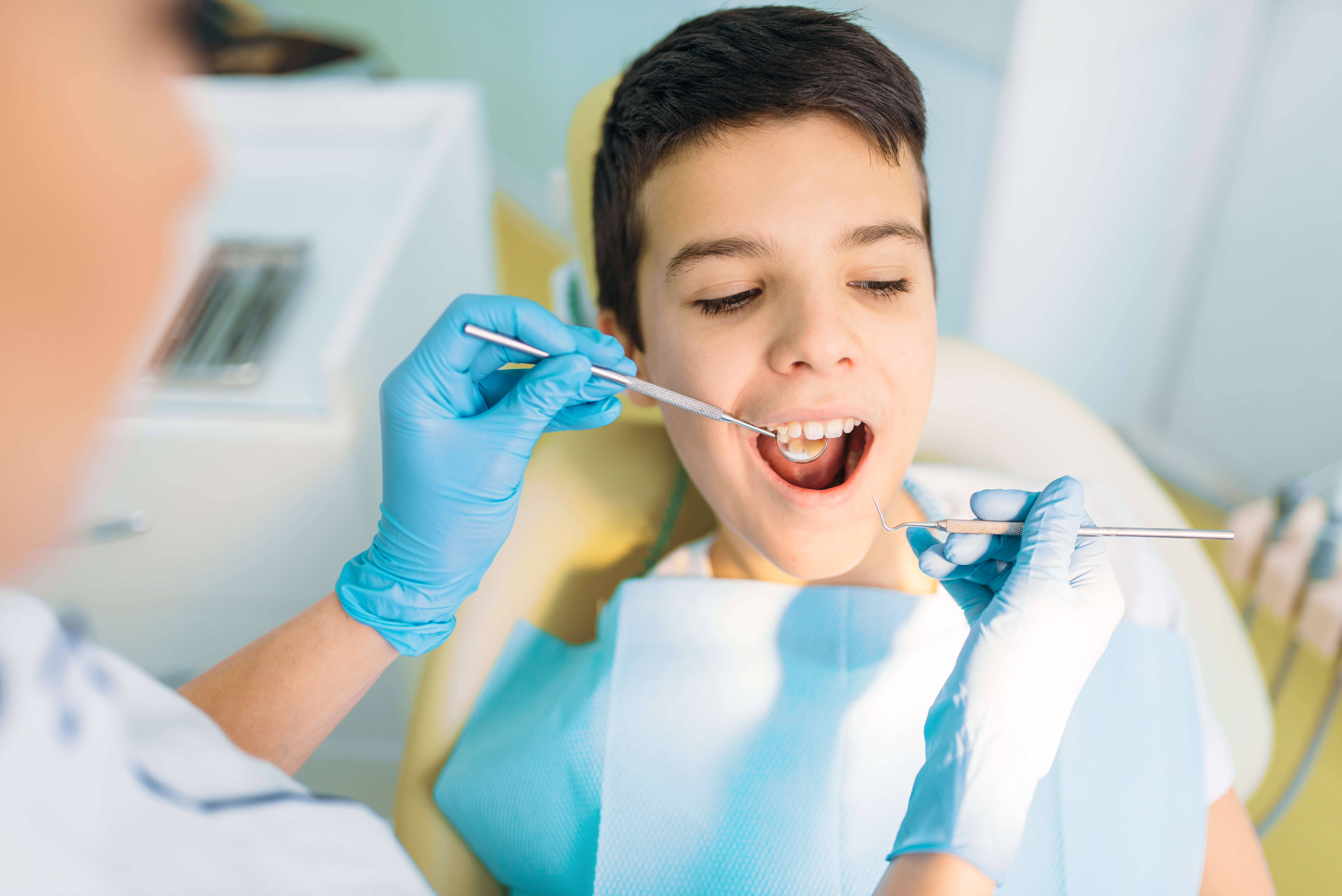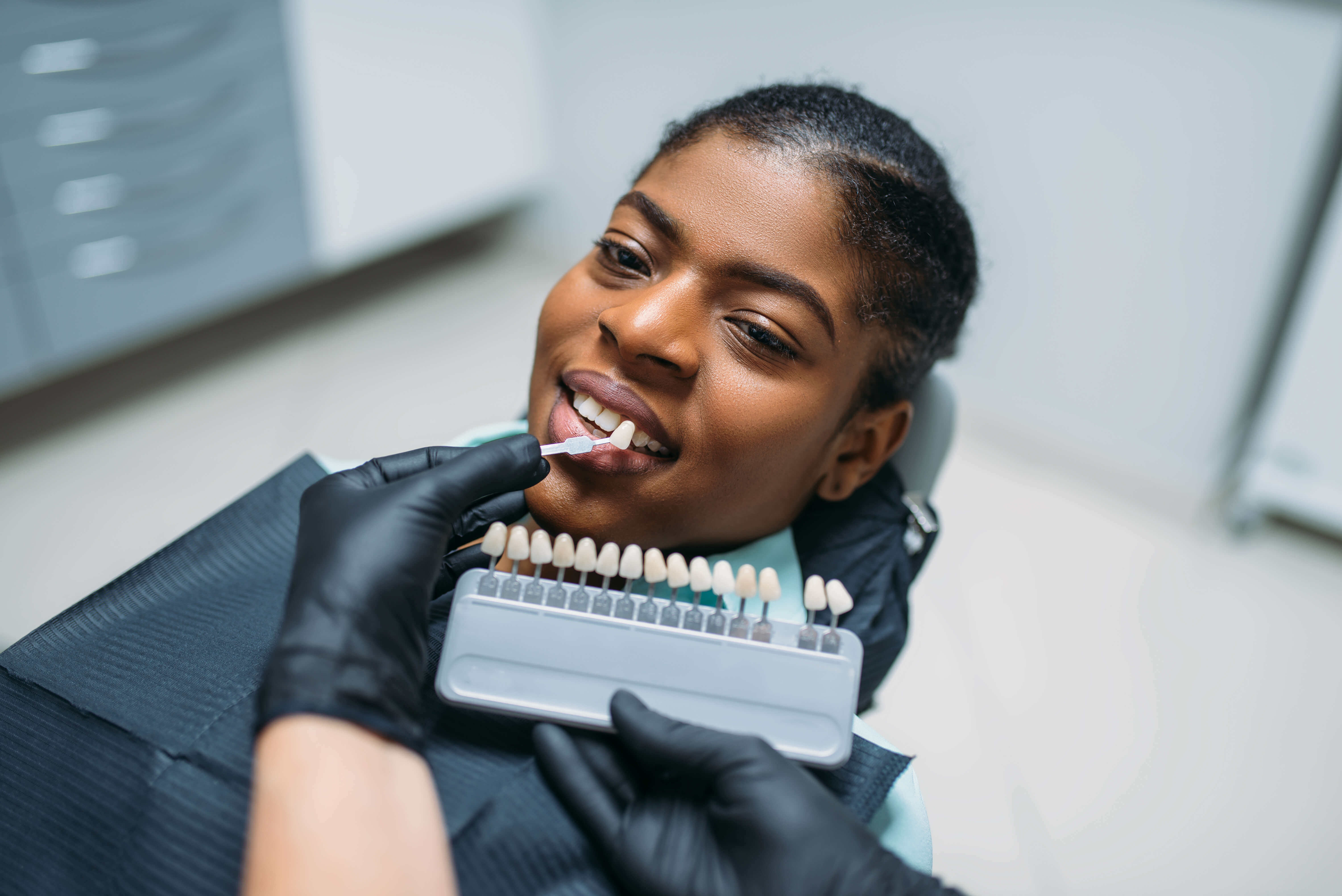IMPORTANT COVID-19 UPDATE:
Due to the ongoing pandemic, we have several precautions in place that are meant to make the office as safe as possible for both patients and staff.
Before your appointment, please fill out our COVID-19 Information Form and email it to us at Office@DrNevinDMD.com or bring it to your appointment.
Our office is thoroughly cleaned between each patient with the use of UV light disinfection and HEPA air filtration.
Our Services
We offer a wide range of preventive, cosmetic, and restorative dental services, some of which are listed on this page. Please feel free to contact us if you have a question about a specific treatment or if you are unsure about what treatment is right for you.
A dental cleaning is the removal of plaque and tartar (calculus) from the teeth. Specialized instruments are used to gently remove these deposits without harming the teeth. First, an ultrasonic device that emits vibrations and is cooled by water is used to loosen larger pieces of tartar. Next, hand tools are used to manually remove smaller deposits and smooth the tooth surfaces. Once all the tooth surfaces have been cleaned, the teeth are polished.
Scaling and root planing is a non-surgical procedure used to treat gum disease. Gum disease occurs when plaque built up on your teeth cause your gums to become inflamed and potentially pull away from your teeth and form pockets. When this happens, scaling and root planing is required in order to reach the plaque trapped in these pockets. Scaling is the process of removing the plaque and tartar above and below the gumline. After this, the process of root planing smoothes out your teeth roots to help your gums reattach to your teeth.
Whitening, also known as bleaching, is the procedure used to brighten teeth. There are two
different ways to achieve a desired whiter smile: In-Office Bleaching and At-Home Bleaching.
In-Office Bleaching usually requires only one office visit. A protective gel or a rubber shield is placed over the gums to protect the soft tissue. A bleaching agent containing carbamide peroxide is applied to the teeth, and a laser light is then used to enhance the action of the whitening agent.
At-Home bleaching requires an impression of the teeth to be taken to make a customized bleaching tray to hold the whitening gel, containing carbide peroxide, against the teeth. Once the tray is made, our office will give you instructions on how to use the tray and whitening gel and for how long. The amount of time may vary from a couple hours a day, or all night, for up to four weeks or longer, if desired.
Root canals are often necessary when a tooth is severely damaged, decaying, or infected. Treatment generally takes 1 or 2 office visits. When root canal therapy is performed, infected or inflamed pulp is removed from the tooth chamber. The inside of the tooth is then cleaned and disinfected before filling and sealing to limit the possibility of future infection. After the root canal is performed (potentially at a later appointment), the tooth is restored with a crown or permanent filling to protect the tooth and restore normal function.
Lasers in dentistry allow for many dental procedures to be performed with no noise, minimal pain, faster recovery time and often fewer appointments. All lasers work by delivering energy in the form of light.
When used for surgical and dental procedures, the laser acts as a cutting instrument.The energy produced by the laser cuts or vaporizes the tissue it is concentrated on. When used for “curing” a filling, the laser helps to strengthen the bond between the filling and the tooth. When used in teeth-whitening procedures, the laser acts as a heat source and enhances the effect of tooth-bleaching agents. The procedures performed with dental lasers are minimally invasive and preferable to conventional surgery. Some common types of dental laser surgery include but are not limited to: dental cavities, root canals, gum surgery, dental abscess, biopsy, and treatment of lesions.
Dental implants are the replacement of tooth roots in the mouth. Implants provide a strong
foundation for fixed or removable replacement teeth. They are designed to blend in with the rest of your teeth. Dental implants are small anchors made of
a metal called titanium, which are surgically placed in the jawbone. The titanium anchors then fuse with the jawbone, creating an extremely sturdy foundation for the implants. After the anchors are fully integrated with the bone, abutment posts are inserted into the anchors to allow for the permanent attachment of the replacement tooth.
A crown is a dental restoration that completely covers the outside of a severely decayed tooth.
Dental crowns can be completed in two visits. During the first visit, the tooth is prepped (shaved
down) and an impression is taken. A temporary crown is placed while the permanent crown is
being made. During the second visit, the permanent crown is fitted comfortably and then
cemented into place for a permanent restoration.
A bridge replaces missing teeth without the use of a denture or dental implant. A fabricated tooth
is connected to crowns that are placed on the adjacent teeth. The adjacent teeth and bridge
structure itself provide the support for the restoration. If multiple consecutive teeth are missing,
an implant may be recommended to provide support for a bridge.
A denture is a removable replacement for missing teeth. There are two types of dentures,
complete (full) and partial dentures.
Complete Dentures are made after all the teeth in the upper and/or lower jaw have been
removed and the gum tissue has healed. The denture includes an acrylic base that is custom
made in the dental laboratory and are made to look like natural gums, which sits over the gums
or can be anchored to dental implants.
Removable Partial Dentures are made only when a few teeth need to be replaced. The
removable partial denture either attaches to crowns on either side of the denture or to a metal
framework that is attached to the teeth on both sides of the partial denture. Partial dentures can
be removable or they can be anchored in place by attaching them to dental implants.
Removable partial dentures can be supported in place by attaching them to dental implants
when wearing them during the day.
The temporomandibular joints (TMJ) connect your jawbone to your skull. TMJ disorders can cause pain in the jaw joint and in the muscles that control jaw movement.
In order to treat TMJ disorders, the cause has to be identified. In less severe cases, TMJ disorders can be treated with self-managed care (eating soft foods, using ice packs, avoiding extreme jaw movement) or nonsurgical treatments (anti-inflammatory medications, Botox injections, stabilization splints). In severe cases surgical treatments may be necessary.
A tooth that can not be saved with restorative materials or procedures may need to be removed. Before removing your tooth, the area will be numbed with anesthesia. The tooth is then loosened using a special dental instrument known as an elevator. After it is loosened from the socket, it is gently removed by a forcep, a dental instrument commonly used in dental extractions. Stitches may be necessary after the removal of a tooth.
Porcelain veneers are thin pieces of porcelain used to recreate the natural look of teeth. To place a veneer, a very small amount of the original tooth enamel must be removed. Afterwards, an adhesive layer is placed between the slightly prepped tooth and the veneer. The veneer is then hardened with a curing light.
Our office provides treatment for dental emergencies such as broken/lost teeth, infections/abcesses, and other oral traumas. If you are in severe pain or bleeding, call our office and we will attempt to treat you as soon as possible.


